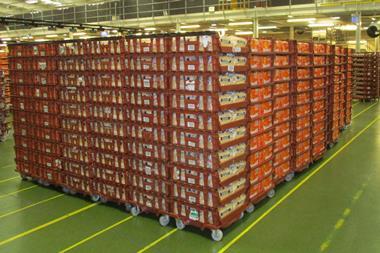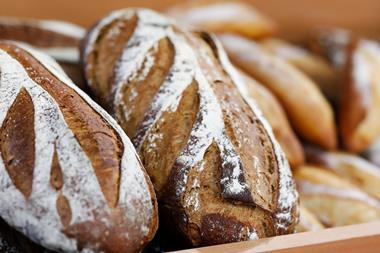Steve Craddock, business manager for Automation Projects at ULMA Packaging UK, on how automated packaging machine technology is helping to boost bakery industry efficiency.
Packaging machinery is becoming increasingly more sophisticated, driven in part by how varied the bakery sector is.
Smarter solutions are required to keep up with the diverse range of products being produced – for example: bread, buns, rolls, cakes, biscuits and more recently the introduction of baked energy and protein bars.
In addition to taking product type into consideration, another key factor that can influence what sort of packaging machine is chosen is the quantity of product. Automated lines come to the fore when larger volumes of product need to be processed and packed at speed. This isn’t to say that smaller production lines can’t take advantage of the benefits automation has to offer, which includes increased efficiencies and lower labour costs.
Any bakery business considering automation should think about how many product lines they have. Automated solutions usually work best when dedicated to one or two products only. It is also wise to establish whether growth in the future is expected, in order to balance the upfront cost with the return on investment over time. The important thing to be aware of, though, is that automation doesn’t necessarily equal robots or have to be very complicated. Some of the best automated packaging lines are very simple in design.
Rather than having to start from scratch, bespoke automation solutions can be incorporated on many existing lines as well.
For example, we have worked with businesses to introduce helpful automated processes that can remove baked products from the oven without the need for manual handling. By using an automated oven, product moves along the production line and passes through various stages of packaging – first primary and then secondary in some cases.
Even if a bakery business is happy with its current packaging process, end-of-line automated solutions could be an option too. Automation can be introduced in the final stages of the line to include a loading system so that packaged products can be placed into baskets/pallets ready for delivery. Valuable human labour can then be placed elsewhere in the business to help with more complex tasks.


























No comments yet